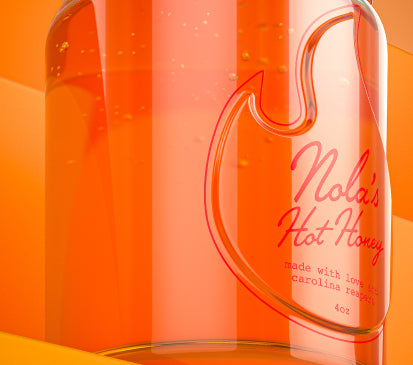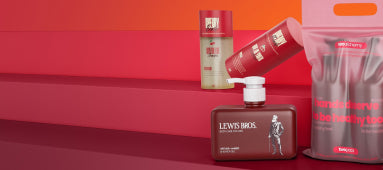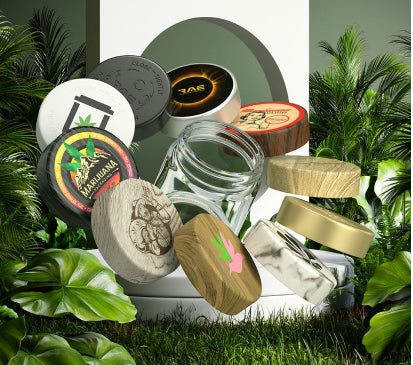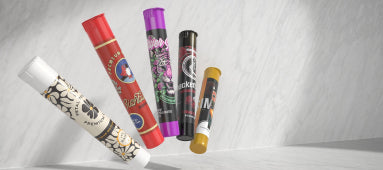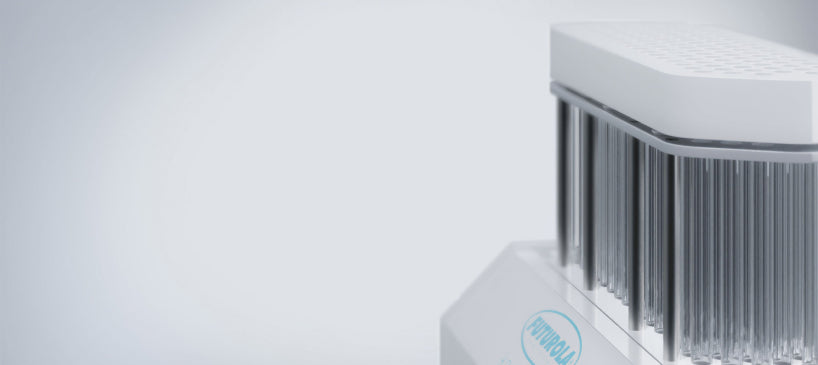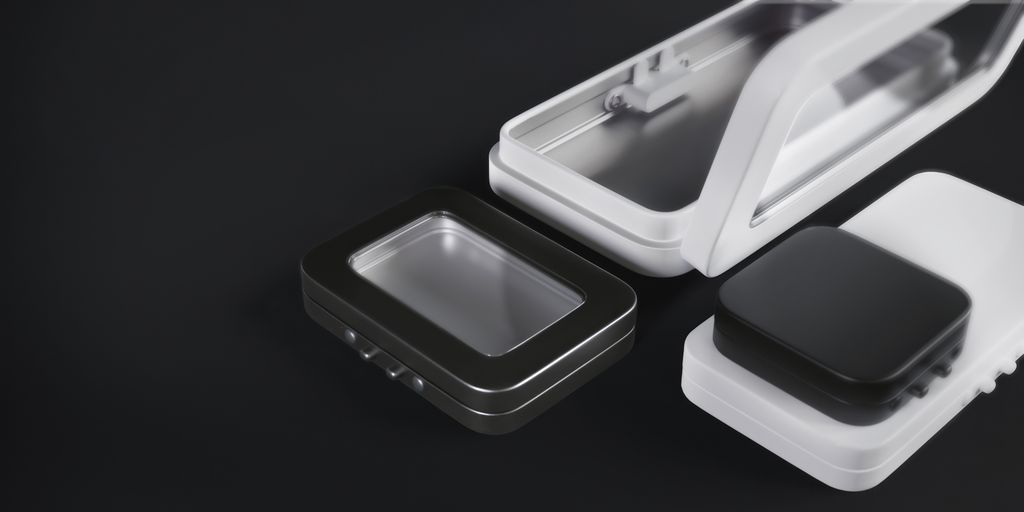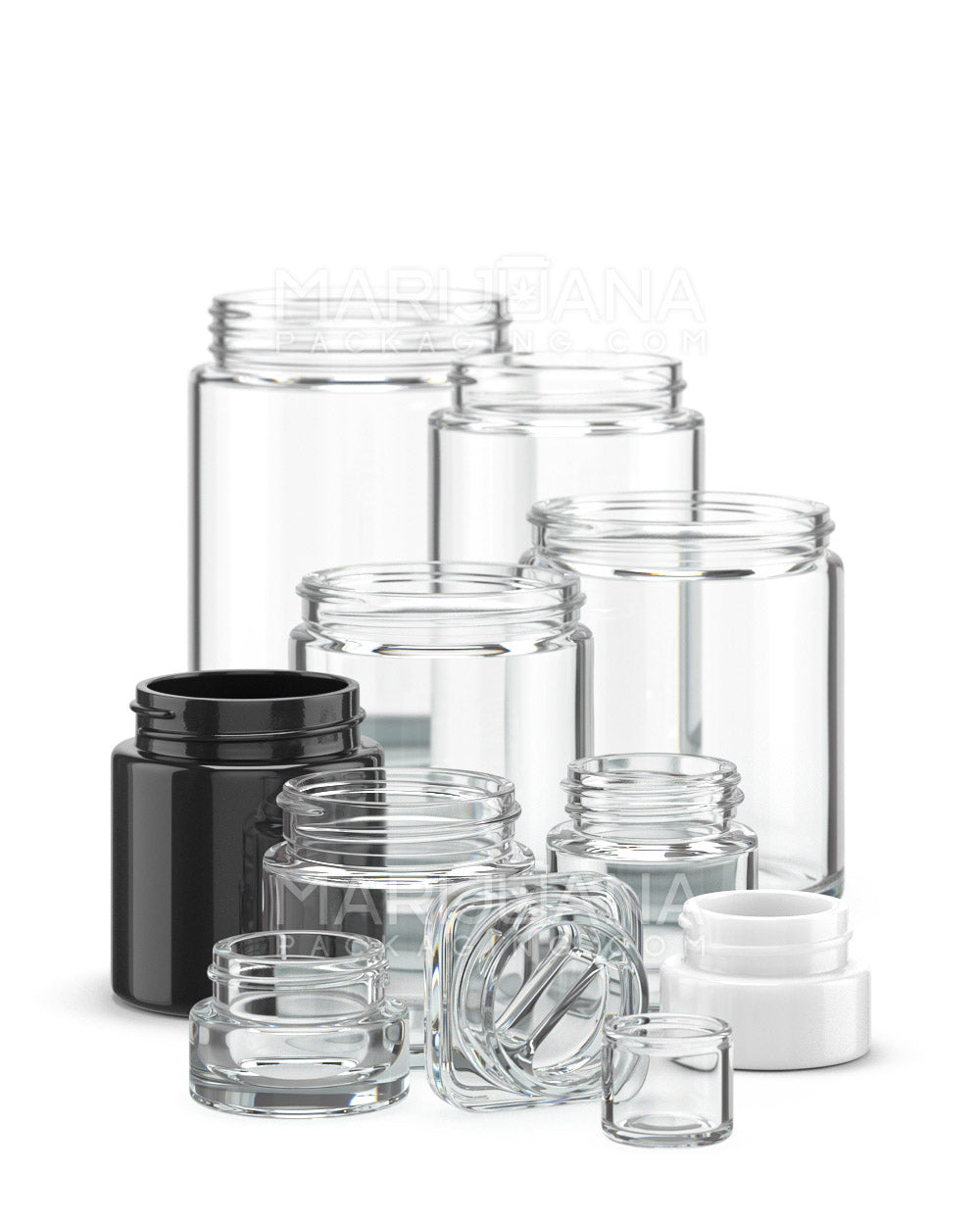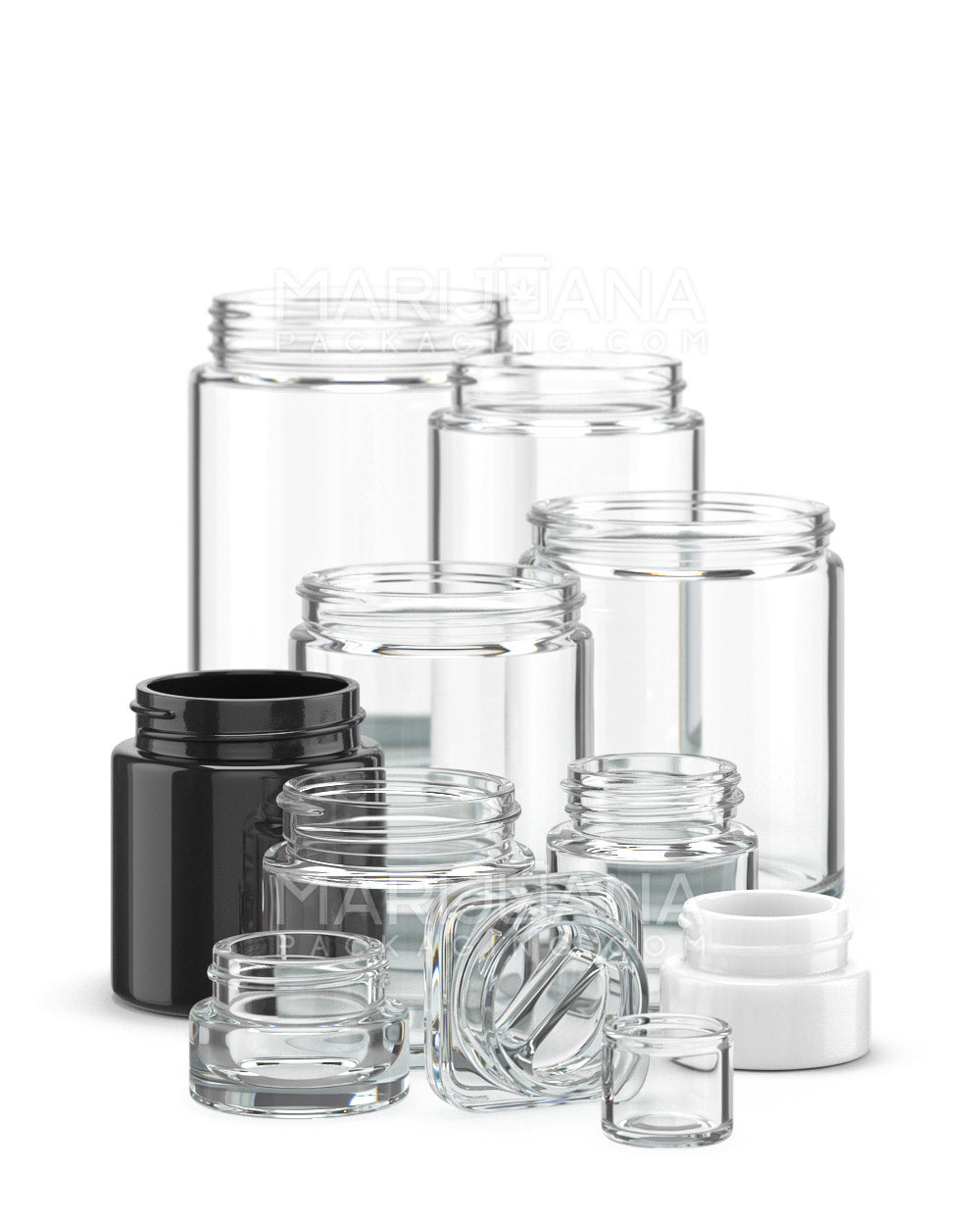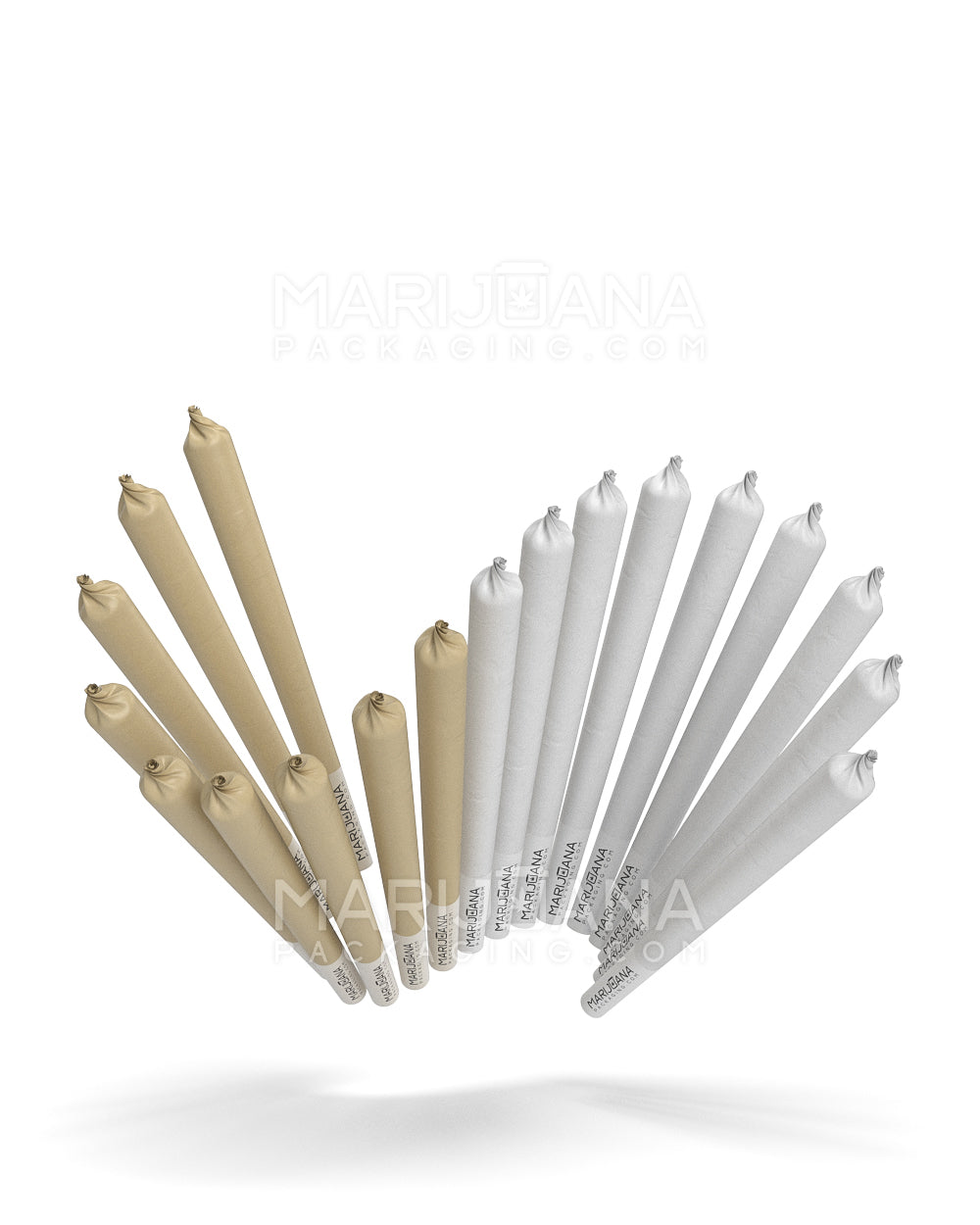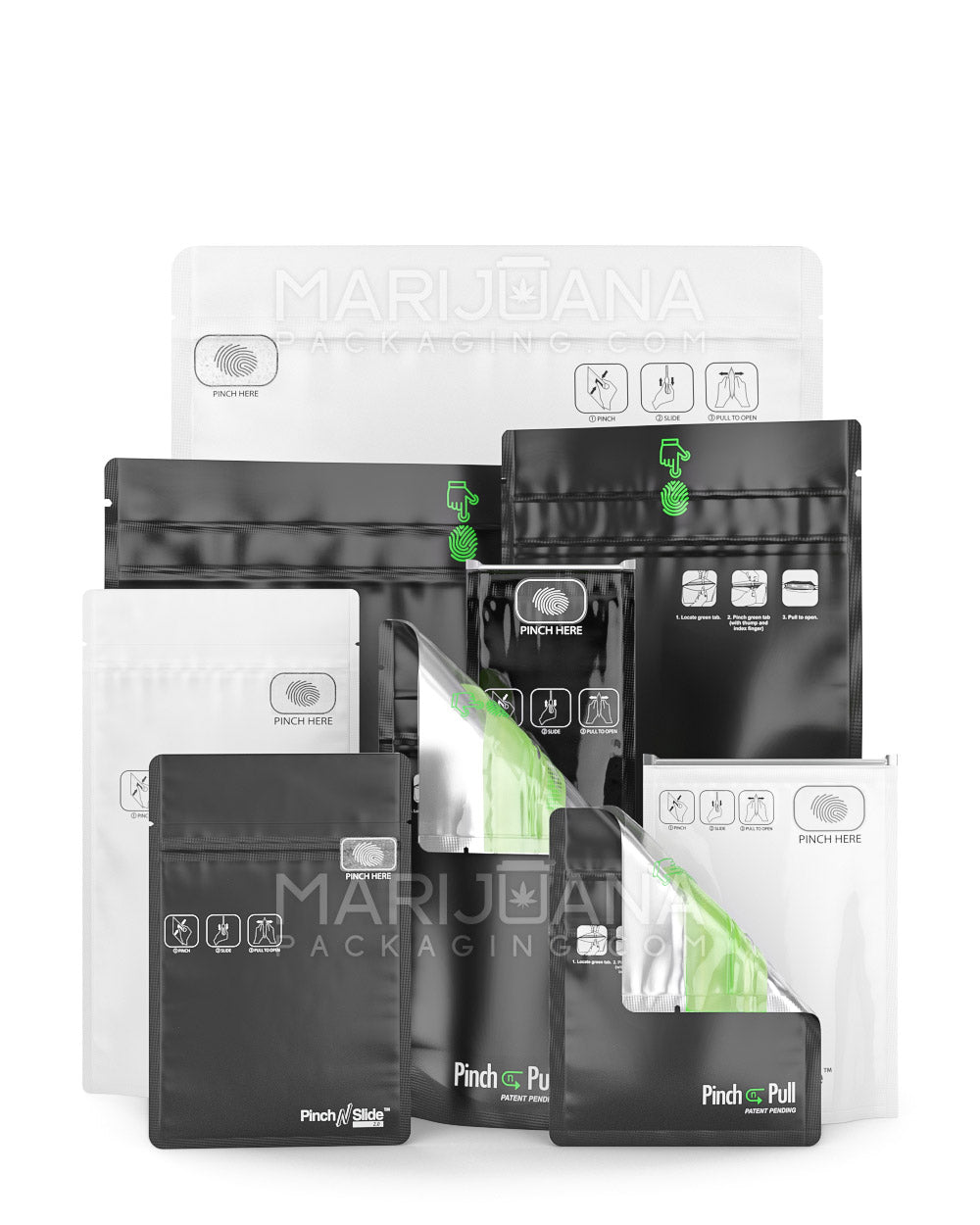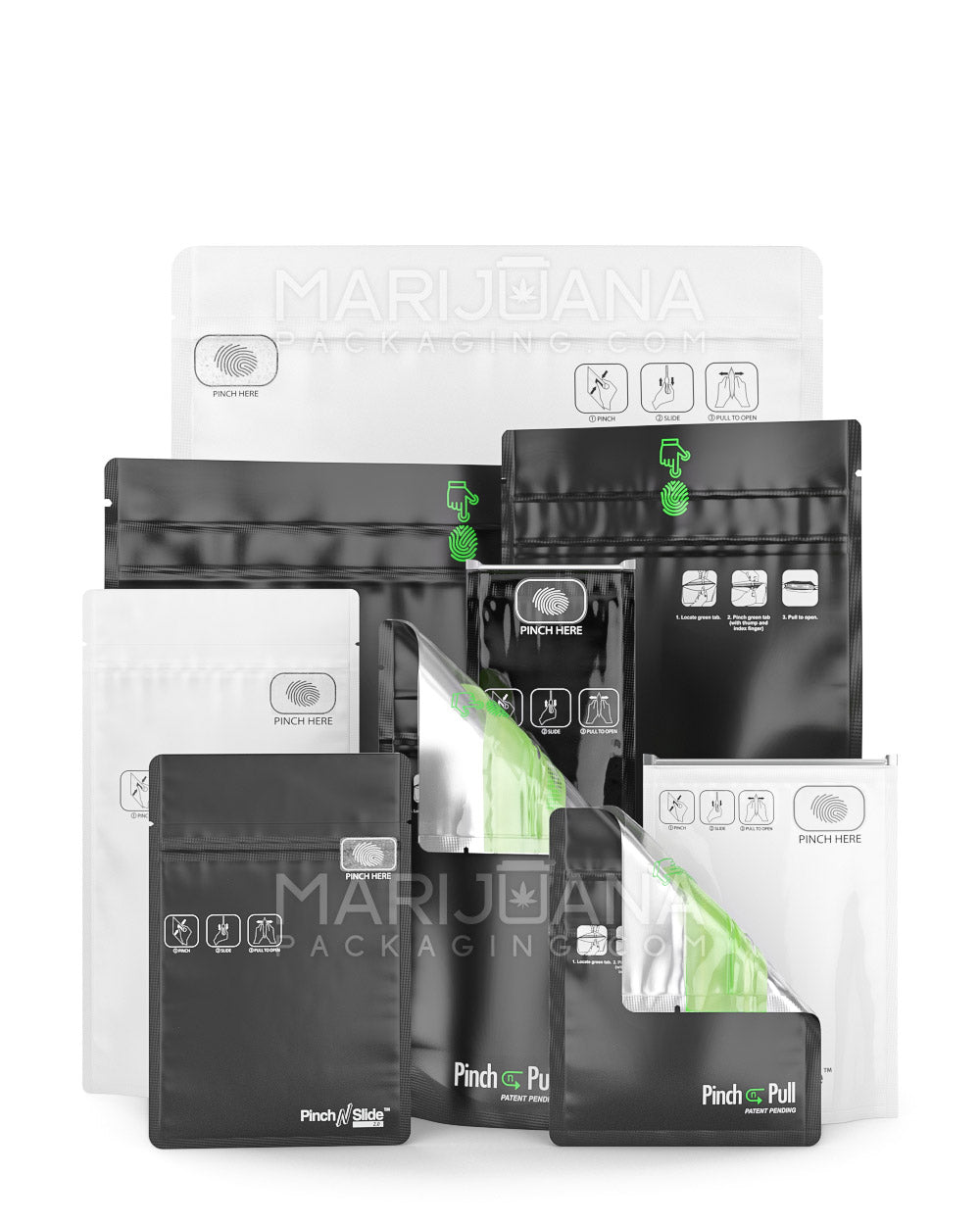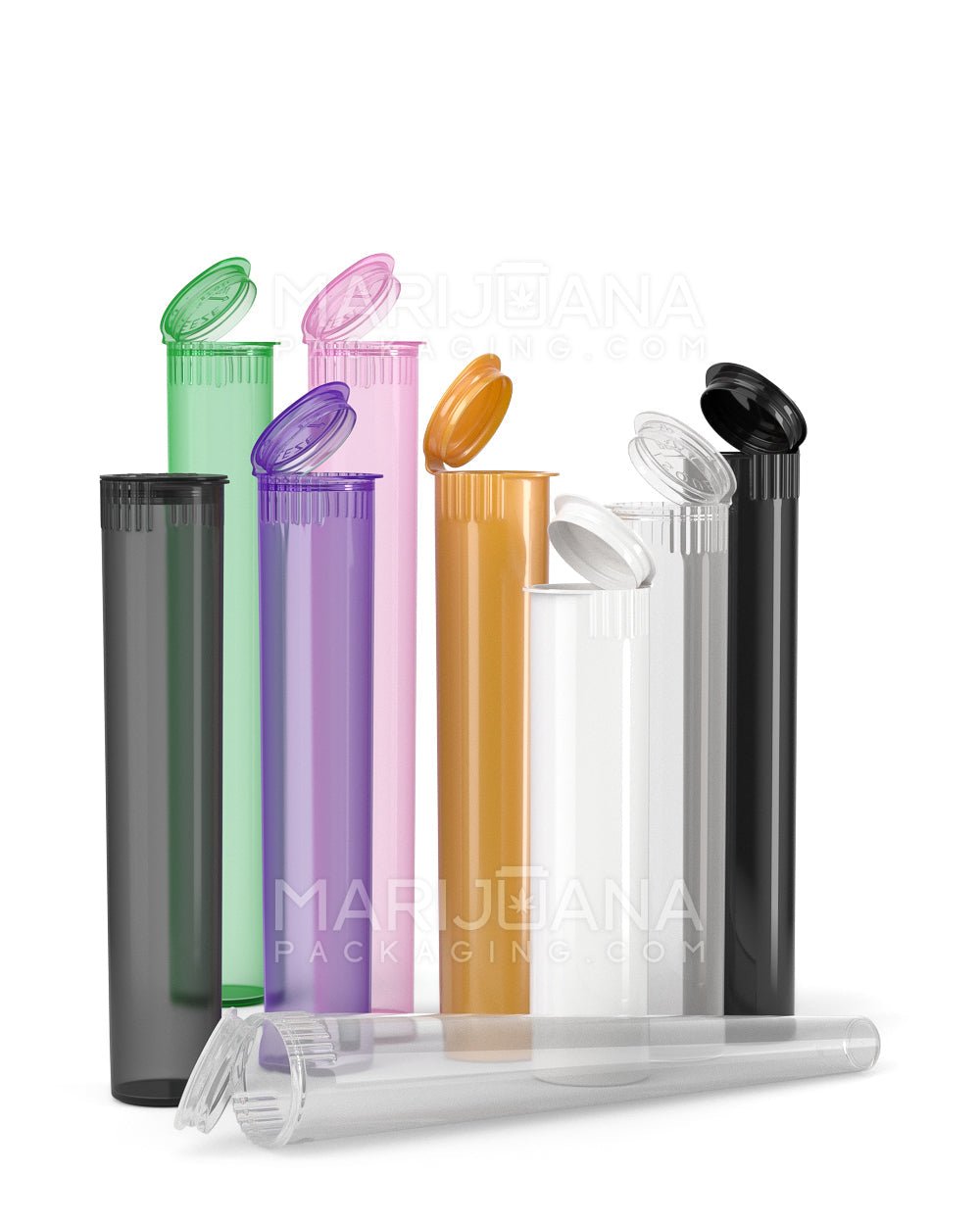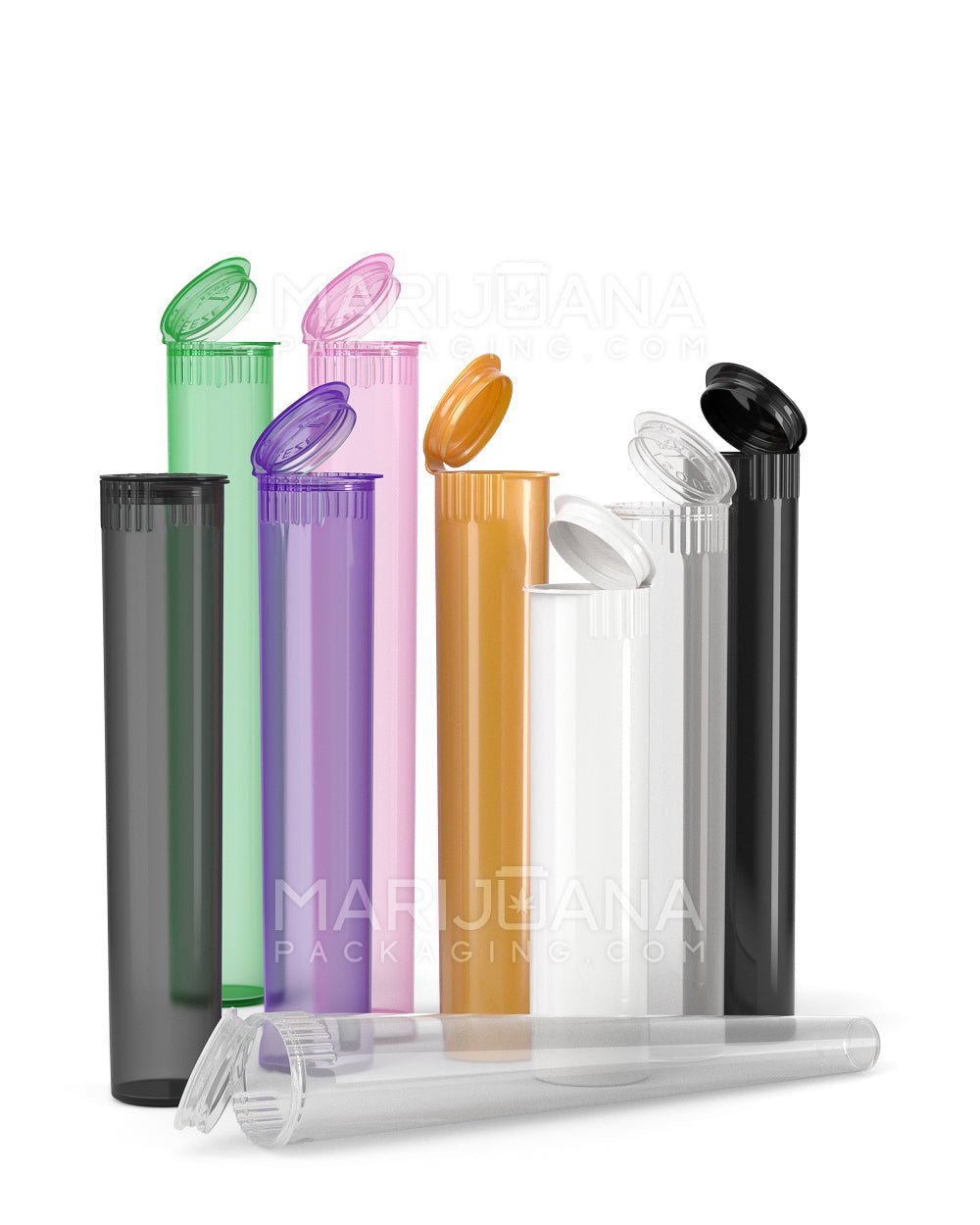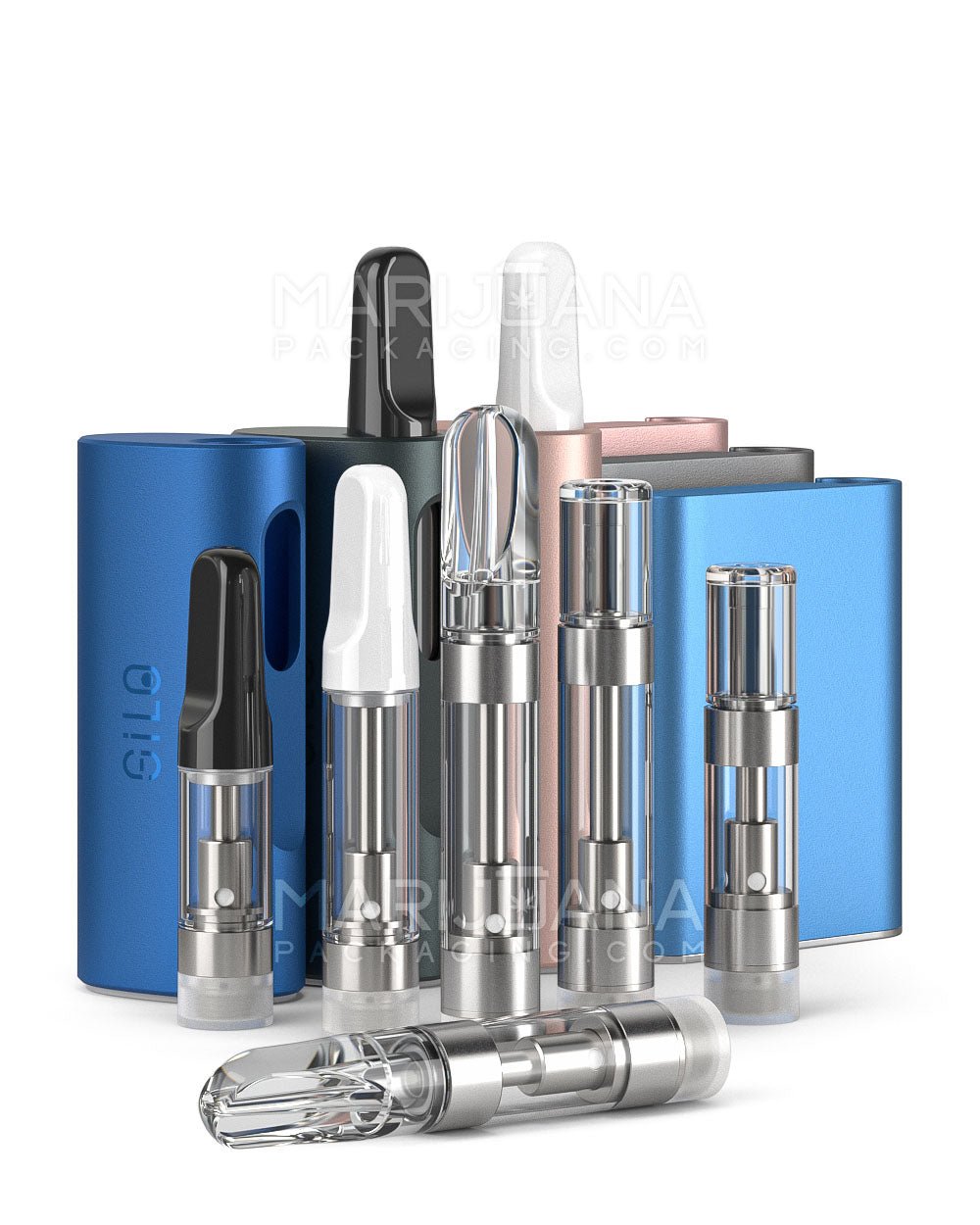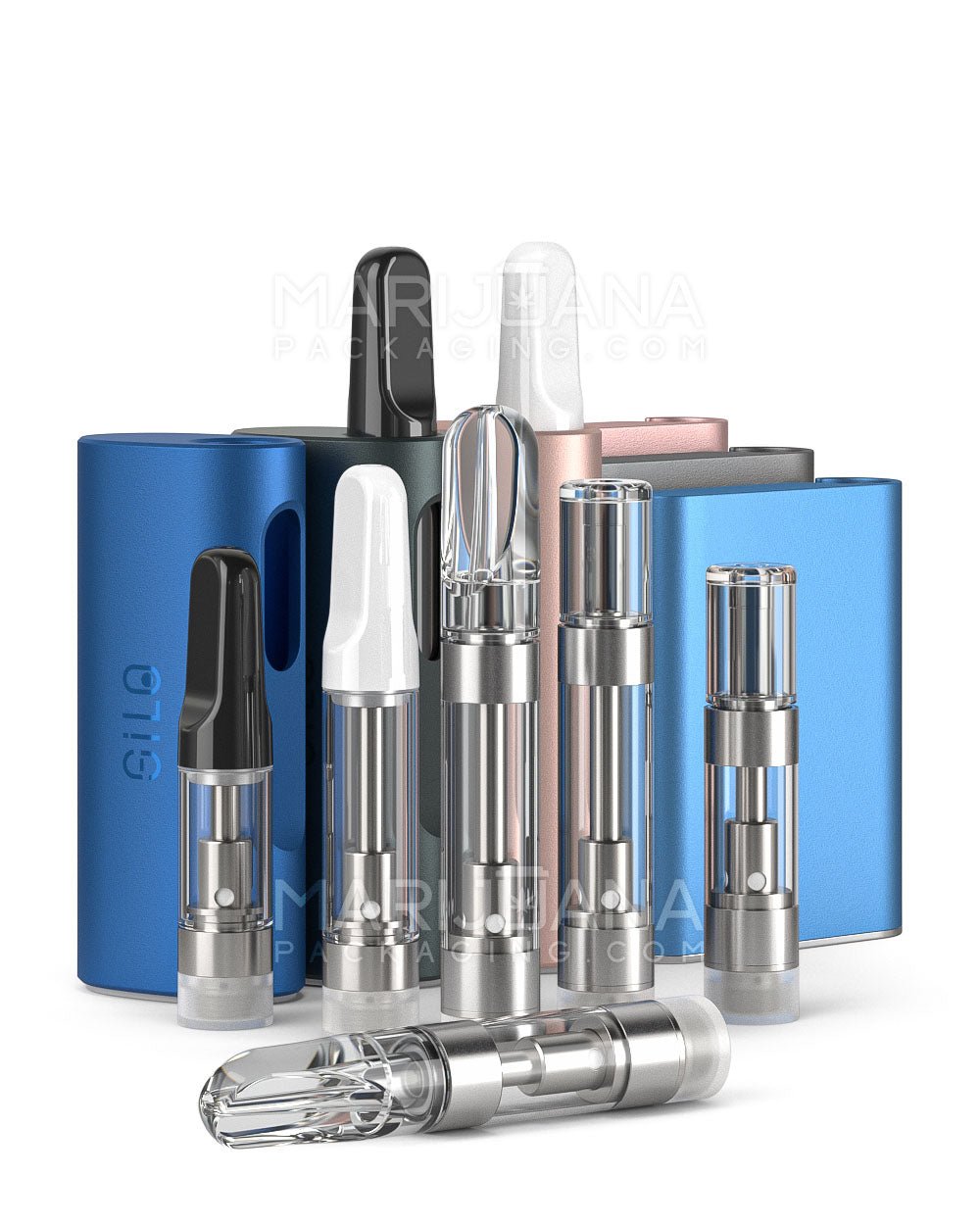Although there are numerous types of packaging for cannabis, they can all be classified into two; flexible and rigid packaging. As you might expect, each variety is best suited for storing particular types of products. So, what is the difference between flexible and rigid packaging? And what are the advantages and drawbacks of each?
Here’s an in-depth look at these two types of packaging to help you make the best decision when selecting packaging for your products.
What Is Flexible Packaging?
Essentially, flexible packaging refers to a form of packaging that lacks a rigid structure of its own. Therefore, flexible packaging for cannabis is any marijuana package whose shape conforms to the contours of the products inside them. Flexible packaging containers are popular in the cannabis industry due to their versatility. It allows the packaging to store various cannabis products, including marijuana edibles and buds.
Flexible packaging are made from malleable materials such as paperboard, plastic, foil, and other similar materials. They are lightweight and are usually sealed using heat or pressure. Some common examples of flexible packaging include shrink film, mylar weed bags, and vacuum pouches.
Pros of Flexible Packaging
Flexible packaging facilitates longer shelf lives for products, provides excellent convenience, and helps with product safety. But that’s not all! Other advantages of flexible packaging include the following.
Environmentally Friendly
Flexible packaging are lightweight and are made with fewer raw materials than most rigid packaging products. For this reason, they take up less space in landfills and have a low carbon footprint compared to alternative options. Similarly, many flexible packaging products are reusable and recyclable, which helps to protect the environment.
Easy To Use
There’s no denying that convenience is king when it comes to packaging. Flexible packaging products are the embodiment of convenience. They are easy to open, reseal, carry, and store. Consequently, they are less likely to induce wrap-rage, making them a consumer favorite.
Cost Efficient
Since flexible packaging products utilize less raw material, they are usually much cheaper than their rigid counterparts. As a result, brand owners can save a lot of money when they opt for such packaging products.
Cons of Flexible Packaging
Although flexible packaging have proven to be a game changer for cannabis packaging, they also have several disadvantages. Some of them include
Less Protection
One main disadvantage of using flexible packaging is that it offers less product protection. Since most flexible packaging products utilize thinner and less robust materials than rigid packaging, they provide less protection against puncture, heat, and physical damage.
May Affect Flavor
Some flexible packaging products may affect the flavor of their content. Hence, this can be detrimental to the reputation of your business.
What Is Rigid Packaging?
Rigid packaging refers to packaging products with sturdy structural designs. These packaging items utilize heavier and stronger materials than their flexible counterparts, making them more robust and durable. Some materials used to create rigid packaging for cannabis include metals, hard plastic, glass, and cardboard.
Rigid packaging products are often used to hold fragile goods that require physical protection during transportation and storage. Some examples of rigid cannabis packaging include jars for weed, tin containers, cart boxes, and tubes for pre-rolled joints. Although rigid cannabis packaging is used primarily for protection, it can also be used alongside unique custom designs to induce a sense of luxury.
Pros of Rigid Packaging
Rigid packaging products have numerous advantages, thanks to their heavy-duty nature and the protective qualities of the materials used to make them. Here’s a look at some of these merits.
Superior Strength
Since rigid packaging for cannabis is made using materials like hard plastic and metal, it has superior strength compared to flexible packaging. Consequently, this makes rigid packaging suitable for storing various products. Additionally, they are also excellent child-resistant packaging for cannabis.
Professional Appeal
Rigid packaging products often induce a sense of luxury and professionalism thanks to their material. As a result, many companies go for these packaging products to provide a more elevated consumer experience.
Cons of Rigid Packaging
Despite having significant advantages, rigid packaging for cannabis also has a few potential drawbacks.
More Expensive
Due to the nature of the materials used to make rigid packaging, they are usually more expensive. Consequently, this makes rigid packaging products inaccessible, particularly to small businesses.
Significantly Higher Carbon Footprint
Rigid packaging requires more energy to manufacture and transport. Forming these products requires large amounts of heat, which drives up fossil fuel consumption. Similarly, most rigid packaging items end up in landfills after use. As a result, producing rigid packaging causes more greenhouse gas emissions than flexible packaging products, leading to a higher carbon footprint.
